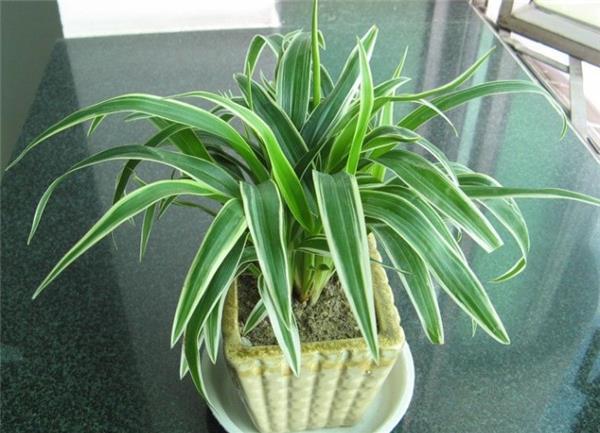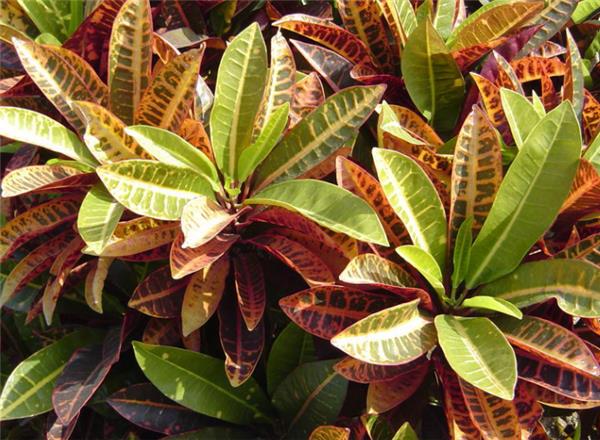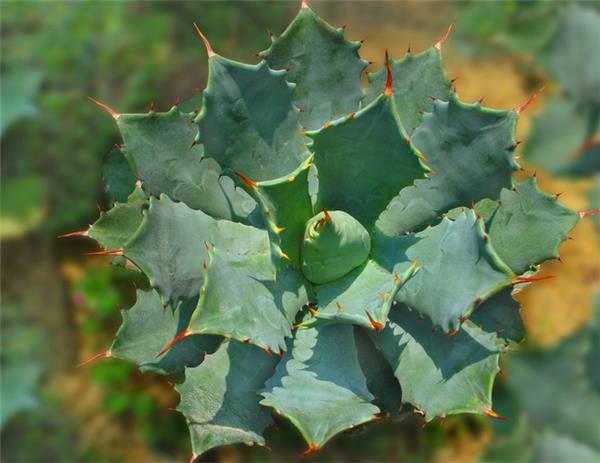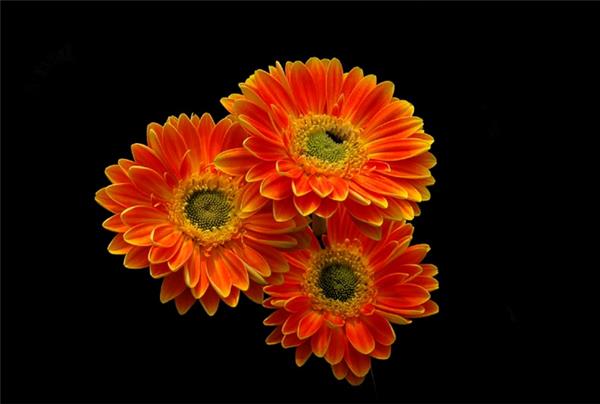Which plants can absorb formaldehyde
Newly decorated rooms generally contain formaldehyde, which is not good for the body, so we are very concerned about which plants and plants can absorb formaldehyde, let's give a brief introduction.

Which plants can absorb formaldehyde
1. Hanging orchid
Hanging orchid can eliminate more than 80% of the harmful gases released by interior decoration materials, and has a strong ability to absorb formaldehyde. The general room raises lW64;2 basin hanging orchid, the poisonous gas in the air can be absorbed completely, so the hanging orchid also has the laudatory name of "green purifier". And the hanging orchid culture is easy, adaptable, is one of the most traditional indoor hanging plants, evergreen all the year round.
2. Ivy
Ivy absorbs formaldehyde and breaks down two harmful substances, formaldehyde in carpets, insulation, plywood and xylene, which is harmful to the kidneys hidden in wallpaper. Is the most ideal indoor and outdoor vertical greening varieties, evergreen vines, thin and soft branches, with aerial roots, can climb on other objects.
3. Variable leaf wood
Evergreen shrubs or small trees can absorb formaldehyde in the air, which not only beautifies the environment but also makes the environment healthier. As the variable leaf wood likes fertile, sticky and good water retention soil, likes high temperature, moist and sunny environment, and is not resistant to cold, so it can be watched indoors for 2-3 weeks at most, and needs to be exposed on the balcony every once in a while.

4. Phoenix tail bamboo
Phyllostachys pubescens can purify the air very well, and its effect of absorbing formaldehyde is very good, so it is suitable to be put in the newly decorated room. Phoenix tail bamboo branches and leaves are beautiful, potted plants can grow to very tall, suitable for a larger living room or courtyard, small pots can be put in the study and bedroom. This kind of plant likes to be wet but afraid of stagnant water. Water should be watered thoroughly for the first time after the basin is installed, and then it can be kept moist.
5. Dragon Blood Tree
The branches and leaves are strong and dense, which can absorb harmful substances such as formaldehyde in the air, and also have a very atmospheric decorative effect. It is suitable to be placed near the window of the room, such as the study, living room or balcony. Small plants can also be placed in front of the bedroom window.
6. Rubber tree
Rubber trees, such as a green vacuum cleaner, absorb carbon monoxide, carbon dioxide, hydrogen fluoride, formaldehyde and so on, and can absorb fine dust in the air. The thick leaves make people feel rich and rich. Small rubber trees can be placed on the table in front of the study or bedroom window, while large trees can be placed in the corner of the living room or in large conference rooms.
7. Tequila
In 10 square meters of space, a pot of tequila can eliminate 70% clumsy, 50% formaldehyde and 24% trichloroethylene. Tequila is suitable for living room, study and garden, where it can fully shine in the sun. It is important to note that tequila juice is toxic and should be kept out of reach of children and pets.

8. Green pineapple
Green pineapple is an ideal home air purifier, easy to grow and very cheap, each room in the new home can raise a few more pots to remove harmful gases. Per square meter of green radish leaves can remove 0.59 mg of formaldehyde and 2.48 mg of ammonia.
9. Begonia
It likes warm, moist and shady environment, is afraid of bright light, and requires sandy soil with good drainage. It is not only a good hand at absorbing formaldehyde, but also flowers, leaves, stems and roots can be used in medicine. It has the effects of clearing heat and detumescence, promoting blood circulation and dispersing blood stasis, cooling blood to stop bleeding, regulating menstruation and relieving pain, and can treat sore throat, hematemesis, irregular menstruation and gastric ulcers. And it has a good edible effect.
10. Chrysanthemum
Chrysanthemums can break down two harmful substances, formaldehyde in carpets, insulation and plywood, and xylene, which is harmful to the kidneys hidden in wallpaper. Not only that, it also has a strong ornamental, potted varieties or land flowers have a lot to choose from.
11. Fulang flower (also known as African chrysanthemum)
It likes warm, sunny and well-ventilated environment, belongs to semi-cold-resistant flowers, likes fertile and loose sandy loam rich in humus. This kind of plant is not only good at absorbing formaldehyde, but also has a strong ornamental, and many varieties can be used for cut flowers.

Warm Tip: four attentions to purify Indoor Environment by using plants and plants
1. Avoid too much incense. The fragrance of some flowers and plants is too strong, which can make people uncomfortable and even produce adverse reactions. Such as night flowers, tulips, five-colored plum and other flowers.
2. Avoid allergies. Some flowers can cause allergic reactions. Such as rose, jade cloves, five-colored plum, hydrangea, geranium, bauhinia and so on, people touch them, often cause skin allergies, or even rash, strange itching unbearable.
3. Avoid toxicity. Some ornamental flowers and plants are toxic, so attention should be paid to daffodils, poinsettias, oleander, yellow rhododendron and champion red, etc.
4. Avoid injury. For example, cactus plants have spikes, families with children, or children's rooms should not be placed as far as possible. In addition, for the sake of safety, the plants in the children's room should not be too tall, and do not choose flowerpot racks with poor stability to avoid harm to children.
People touch them, often cause skin allergies, and even rash, strange itching unbearable.
3. Avoid toxicity. Some ornamental flowers and plants are toxic, so attention should be paid to daffodils, poinsettias, oleander, yellow rhododendron and champion red, etc.
4. Avoid injury. For example, cactus plants have spikes, families with children, or children's rooms should not be placed as far as possible. In addition, for the sake of safety, the plants in the children's room should not be too tall, and do not choose flowerpot racks with poor stability to avoid harm to children.
Related
- Wuhan Hospital Iron Tree Blooming Result Was Instantly Frightened by the Gardener Master
- Which variety of camellia is the most fragrant and best? Which one do you like best?
- What is the small blue coat, the breeding methods and matters needing attention of the succulent plant
- Dormancy time and maintenance management of succulent plants during dormancy
- Minas succulent how to raise, Minas succulent plant pictures
- What are the varieties of winter succulent plants
- How to raise succulent plants in twelve rolls? let's take a look at some experience of breeding twelve rolls.
- Attention should be paid to water control for succulent plants during dormant period (winter and summer)
- Watering experience of twelve rolls of succulent plants
- Techniques for fertilizing succulent plants. An article will let you know how to fertilize succulent plants.



